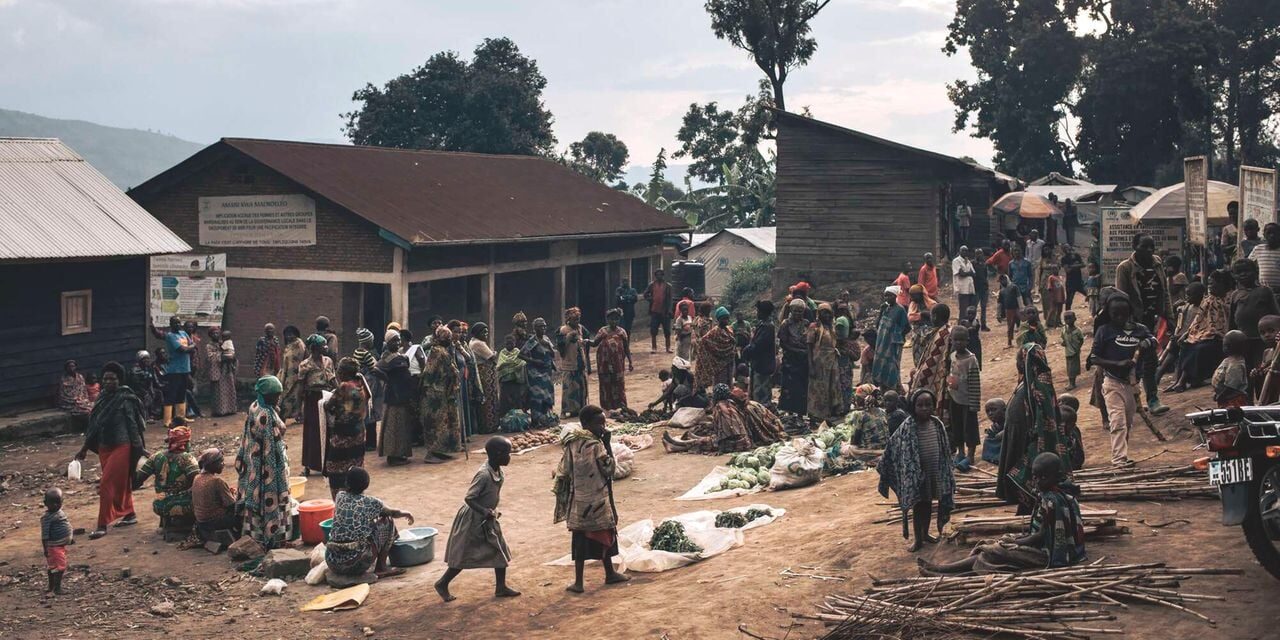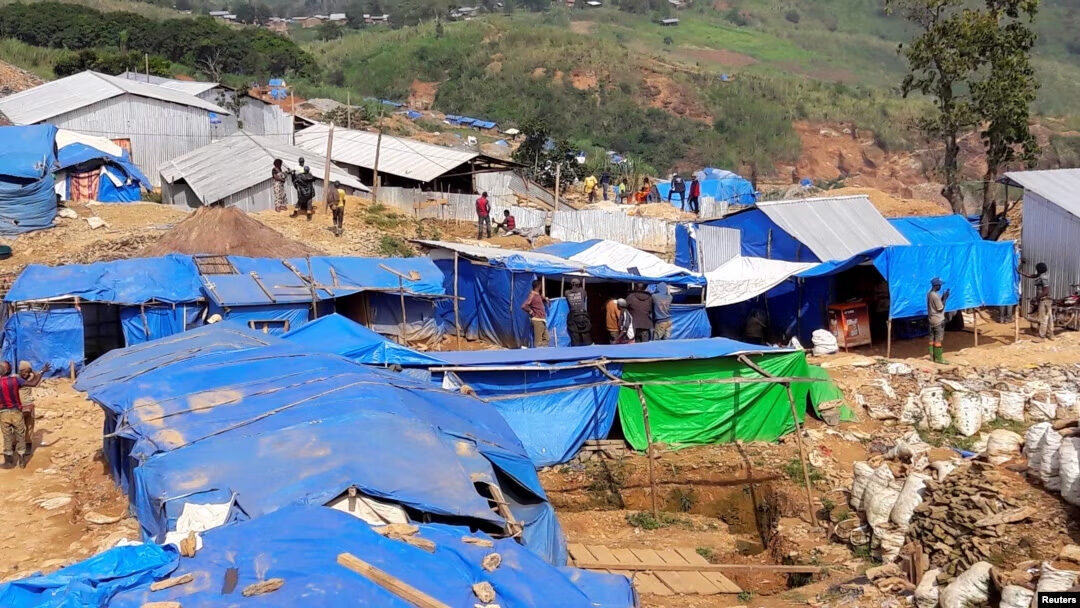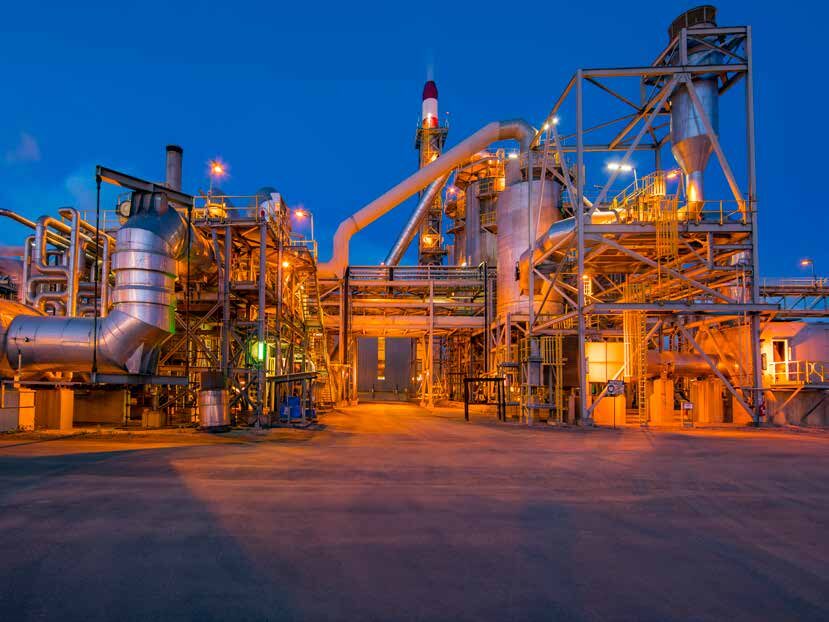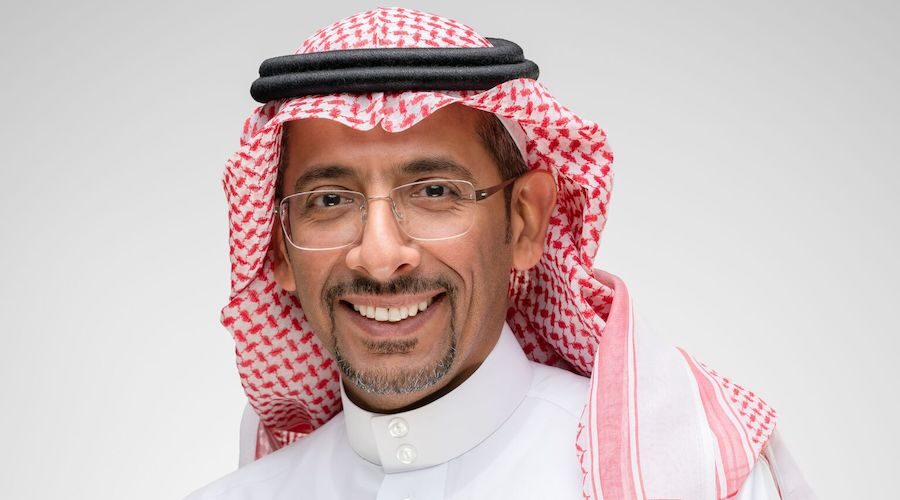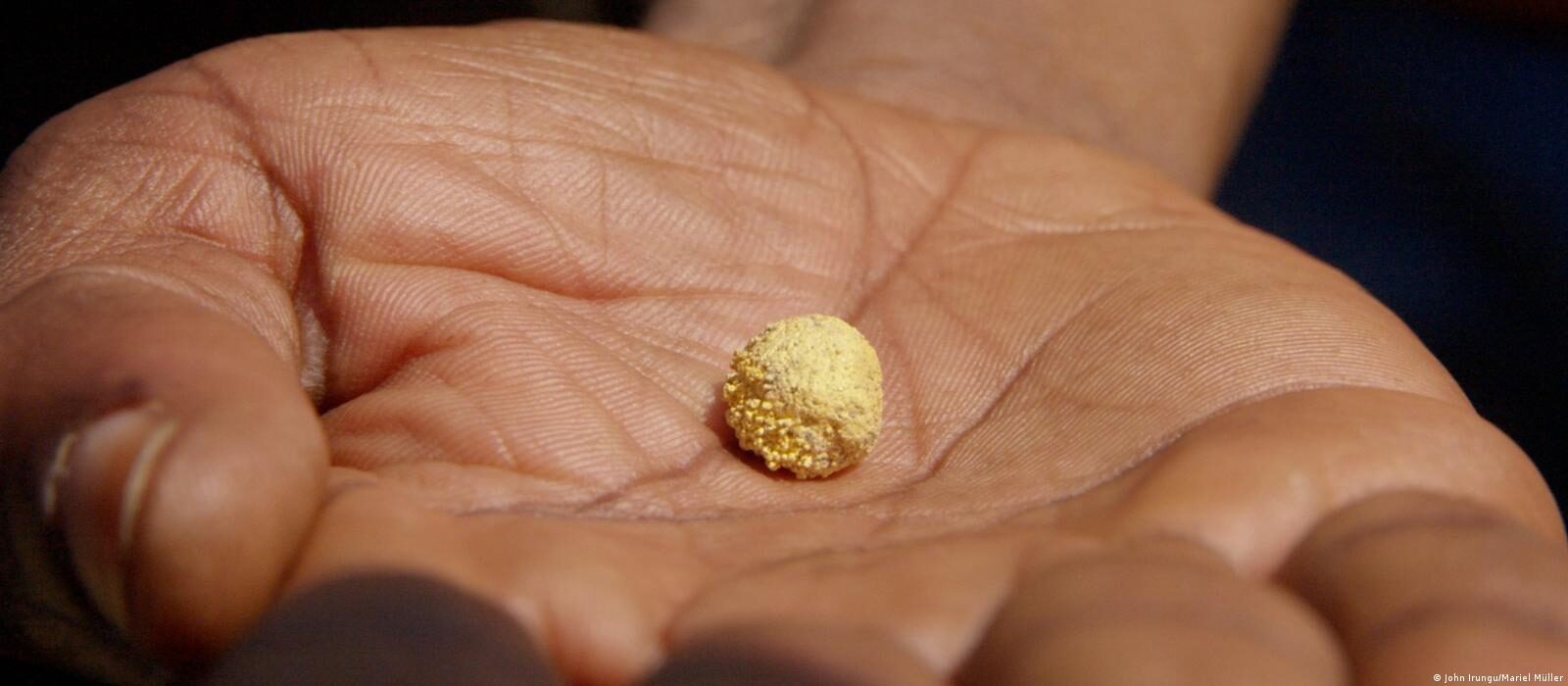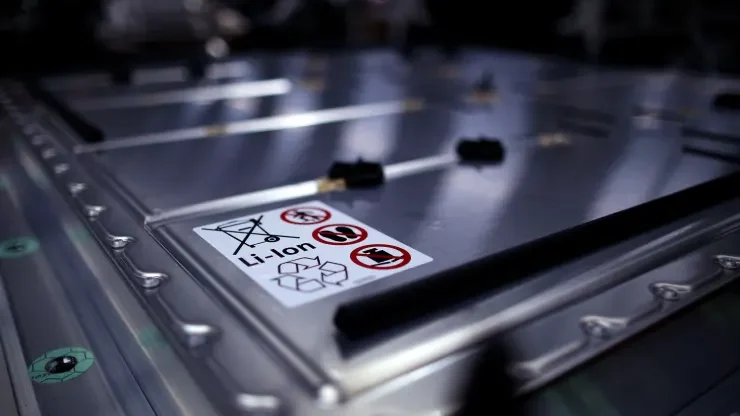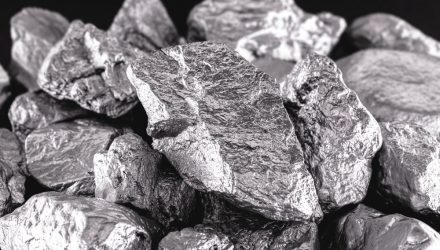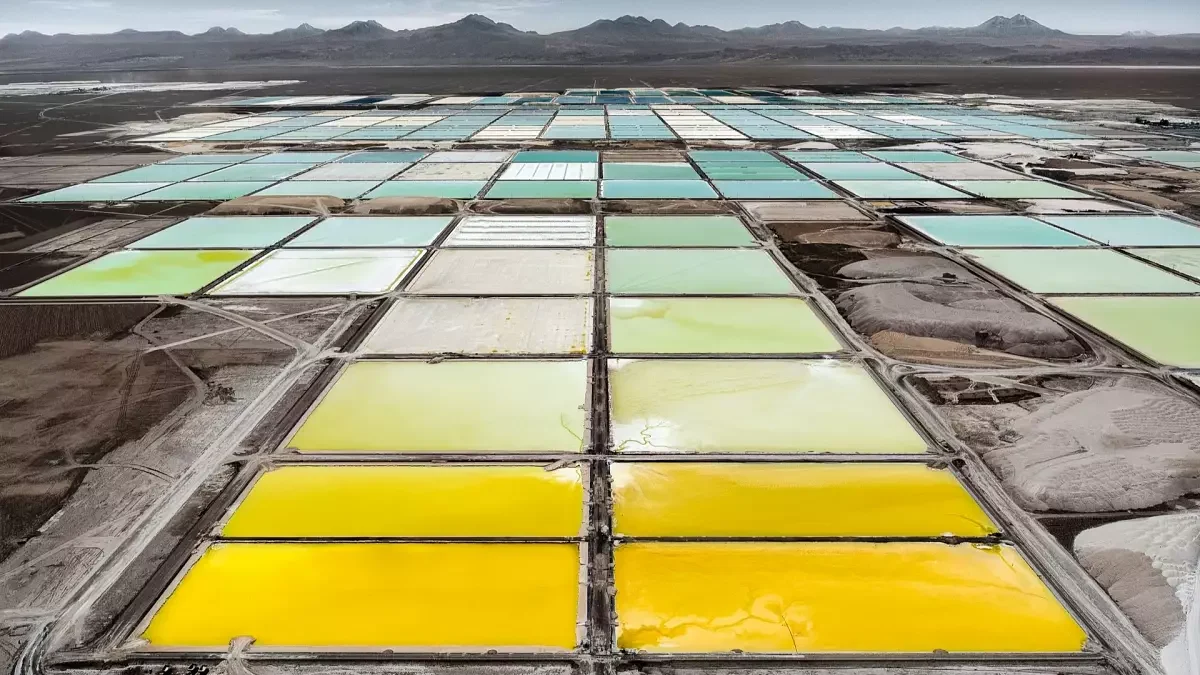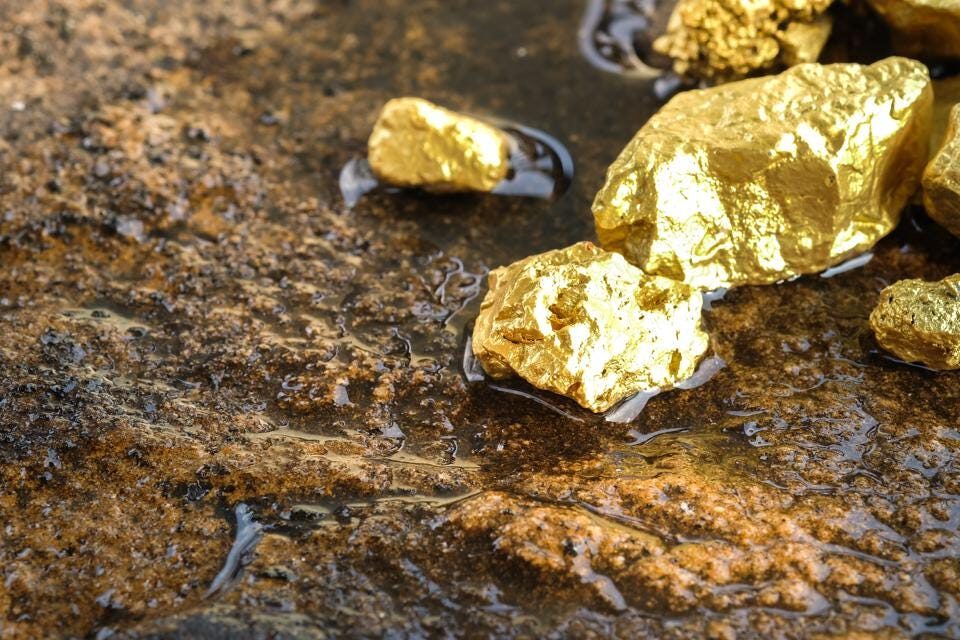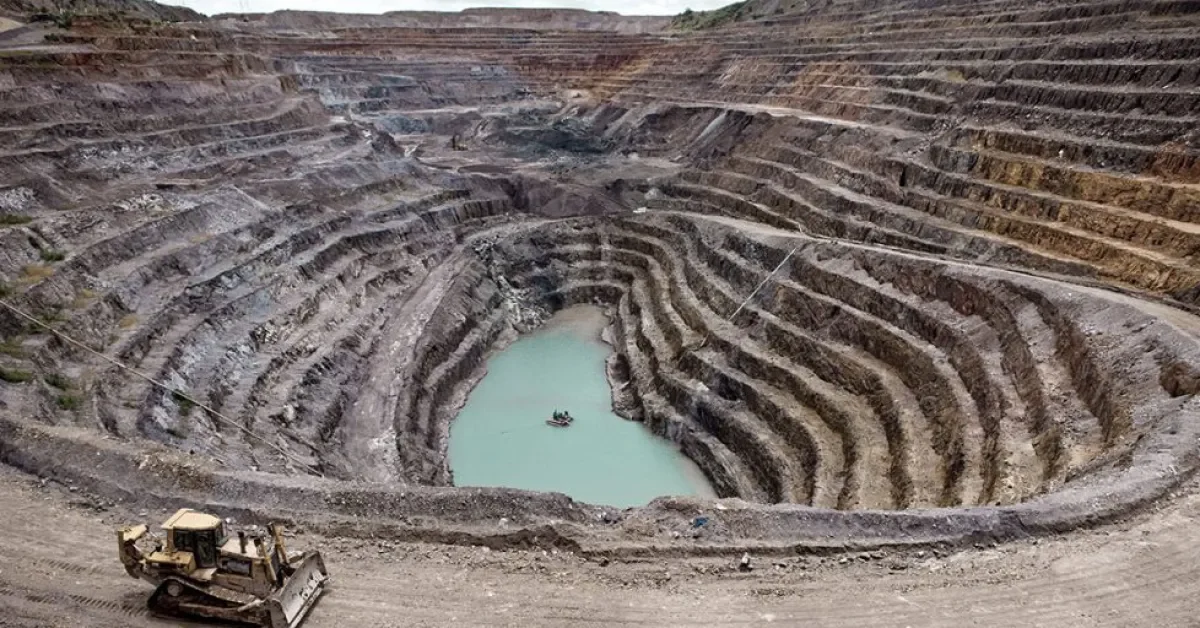Washington sanctions six Rwandans, Congolese over conflict in Eastern DRC
The US is imposing sanctions on six individuals believed to have helped fuel the conflict in the eastern part of the Democratic Republic of Congo.
The six individuals are Rwandans and Congolese rebels, or members of their respective defence forces, in what could signal the cross-border complexity of the conflict.
And according to the US Treasury, each of these individuals has contributed to the instability in the eastern part of the country as DRC struggles to end decades of armed conflict.
They include Apollinaire Hakizimana, a Rwandan national playing his violence in the FDLR rebel group as a ‘defence commissioner.’ He is sanctioned alongside Sebastian Uwimbabazi, also from Rwanda but now in charge of FDLR’s intelligence. Also sanctioned in the group is Ruvugayimikore Protogene, fighting for Maccabe group affiliated to FDLR. He is also from Rwanda.
The US State Department said the individuals had been involved in “numerous cases, committing human rights violations, including sexual violence and violence against children.”
The sanctions also target M23 rebel group. Bernard Byamungu, a Congolese national and deputy commander of operations and intelligence was sanctioned.
The sanctions were also slapped on members of the armed forces in both countries.
Col. Salomon Tokolonga, a Congolese national and commander of the Congolese army (FARDC)’s 3411th regiment was sanctioned for leading armed groups to coalesce against the M23, continuing the conflict.
The US Treasury says he “entered Congolese territory and provided support to the M23, which has long-term connections with the Rwandan government.”
FDLR are an ethnic Hutu rebel group believed to be remnants of those who perpetrated the Genocide against the Tutsi in 1994 in Rwanda. They are seen as public enemy number one in Rwanda and Kigali accuses Kinshasa of supporting the group.
On the other hand, the M23 are composed of Tutsi fighters seen in Kinshasa as being supported by Kigali. It is one of the strongest and more organised rebel groups fighting inside the DRC.
Both sides have denied charges of fomenting instability.
The sanctions announced on Thursday means the US is targeting both sides. The sanctions include the freezing of assets held in the United States by the targeted individuals and a ban on any American citizen or entity doing business with either of them. The ban also covers any material support, in the form of food, goods or services, to these individuals.
In the east of the DRC, hundreds of armed groups have made life hell for civilians, who have fallen prey to barbarism. In the troubled eastern part of the DRC, armed conflict has for a long time fuelled cases of abuse and sexual violence. This violence has increased in intensity. According to a report on the Democratic Republic of Congo by UN Secretary-General Antonio Guterres, “between 2021 and 2022, gender-based violence increased by 23 percent nationally and by 73 percent in the province of North Kivu alone, and this trend is set to continue in 2023.”
“These violations and abuses are linked to the proliferation of armed elements in areas hosting displaced people, and to the frequent failure to respect the civilian and humanitarian nature of refugee and displaced person camps. The number of acts of sexual violence committed against children more than doubled between 2021 and 2022″.
The United Nations Children’s Fund (Unicef) and its partners say they helped about 8,100 survivors of gender-based violence at the national level in 2022, compared with 3,500 in 2021, according to the report on the situation in the Democratic Republic of Congo.
The United States says it is committed to advancing efforts to resolve the crisis and to addressing human rights violations and the dire humanitarian situation.
The sanctions against the six individuals come almost a week after the United States sanctioned Congolese officials for corruption, poaching and illegal trafficking of wildlife in North Kivu.
Cosma Wilungula, former director-general of the Congolese Institute for Nature Conservation (ICCN); Léonard Muamba Kanda, former head of department of the DRC’s management body for the Convention on International Trade in Endangered Species of Wild Fauna and Flora (CITES) and director of ICCN; and Augustin Ngumbi Amuri, director-coordinator of the DRC’s CITES management body and legal adviser to ICCN have been banned from travelling to the United States.
The US State Department said that these officials, “responsible for wildlife protection, abused their public office by trafficking chimpanzees, gorillas, okapis and other protected wildlife from the DRC, primarily to the People’s Republic of China, using falsified permits in exchange for bribes.”
Source: Nation Africa

